The E-Bike Market is currently characterized by a dynamic competitive landscape, driven by increasing consumer demand for sustainable transportation solutions and advancements in battery technology. Major players such as Giant Bicycles (Taiwan), Trek Bicycle Corporation (US), and Riese & Müller (Germany) are strategically positioning themselves through innovation and regional expansion. For instance, Giant Bicycles (Taiwan) focuses on enhancing its product line with cutting-edge technology, while Trek Bicycle Corporation (US) emphasizes sustainability in its manufacturing processes. Riese & Müller (Germany) is known for its premium offerings, which cater to a niche market, thereby shaping a competitive environment that balances quality with innovation.
In terms of business tactics, companies are increasingly localizing manufacturing to reduce costs and enhance supply chain efficiency. The E-Bike Market appears moderately fragmented, with a mix of established brands and emerging players. This fragmentation allows for diverse consumer choices but also intensifies competition among key players, who are vying for market share through unique value propositions and localized strategies.
In August 2025, Trek Bicycle Corporation (US) announced a partnership with a leading battery technology firm to develop next-generation energy storage solutions for its E-Bikes. This strategic move is likely to enhance the performance and longevity of their products, positioning Trek as a leader in innovation within the market. The collaboration underscores the importance of technological advancements in maintaining competitive advantage.
In September 2025, Riese & Müller (Germany) launched a new line of E-Bikes designed specifically for urban commuting, featuring integrated smart technology for navigation and safety. This initiative not only caters to the growing urban population but also reflects a shift towards smart mobility solutions. The introduction of such products may attract a broader customer base, thereby enhancing Riese & Müller’s market presence.
In October 2025, Rad Power Bikes (US) expanded its distribution network by entering into agreements with several major retailers across North America. This strategic expansion is expected to increase accessibility to their products, potentially driving sales growth. By enhancing their retail presence, Rad Power Bikes (US) aims to capture a larger share of the burgeoning E-Bike market, which is increasingly appealing to a diverse demographic.
As of October 2025, current trends in the E-Bike Market indicate a strong emphasis on digitalization, sustainability, and the integration of artificial intelligence in product development. Strategic alliances among companies are shaping the competitive landscape, fostering innovation and collaboration. Looking ahead, it is anticipated that competitive differentiation will increasingly pivot from price-based strategies to a focus on technological innovation, supply chain reliability, and enhanced customer experiences.


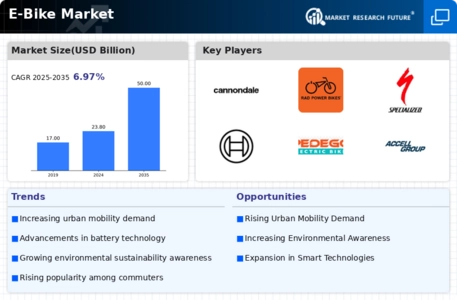
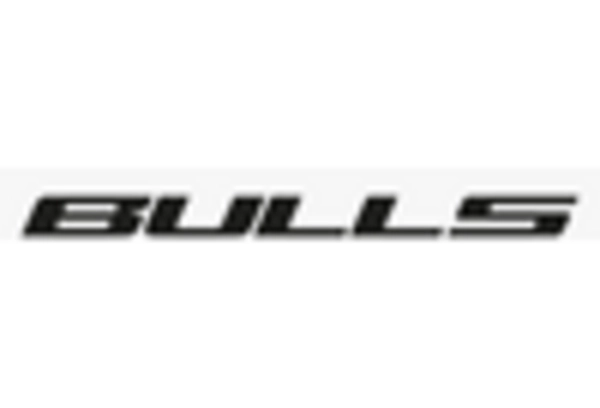
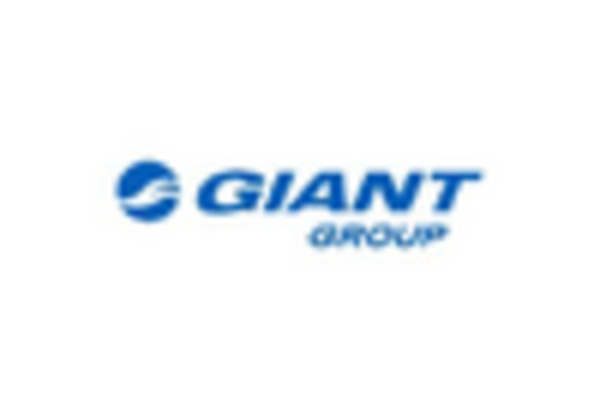

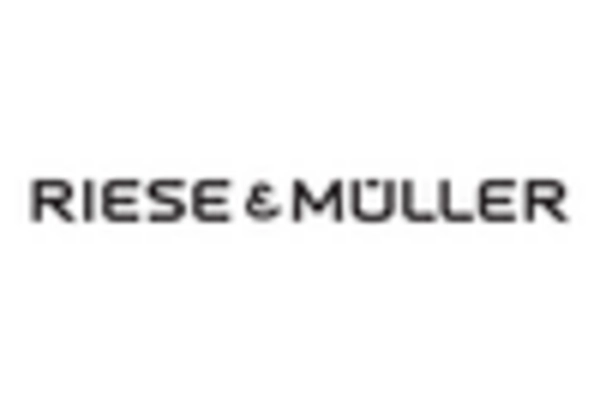
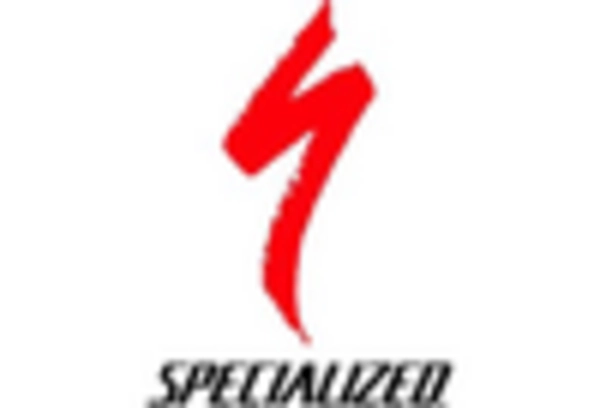
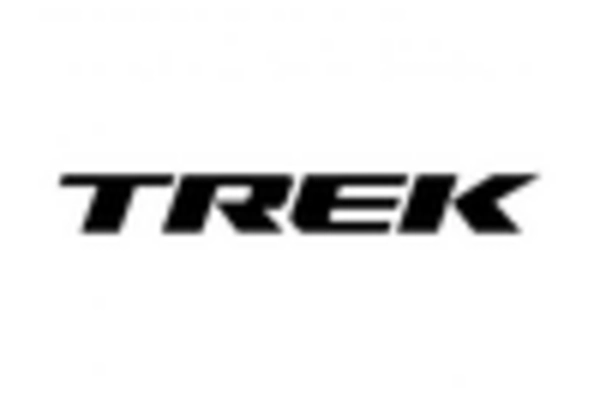








Leave a Comment